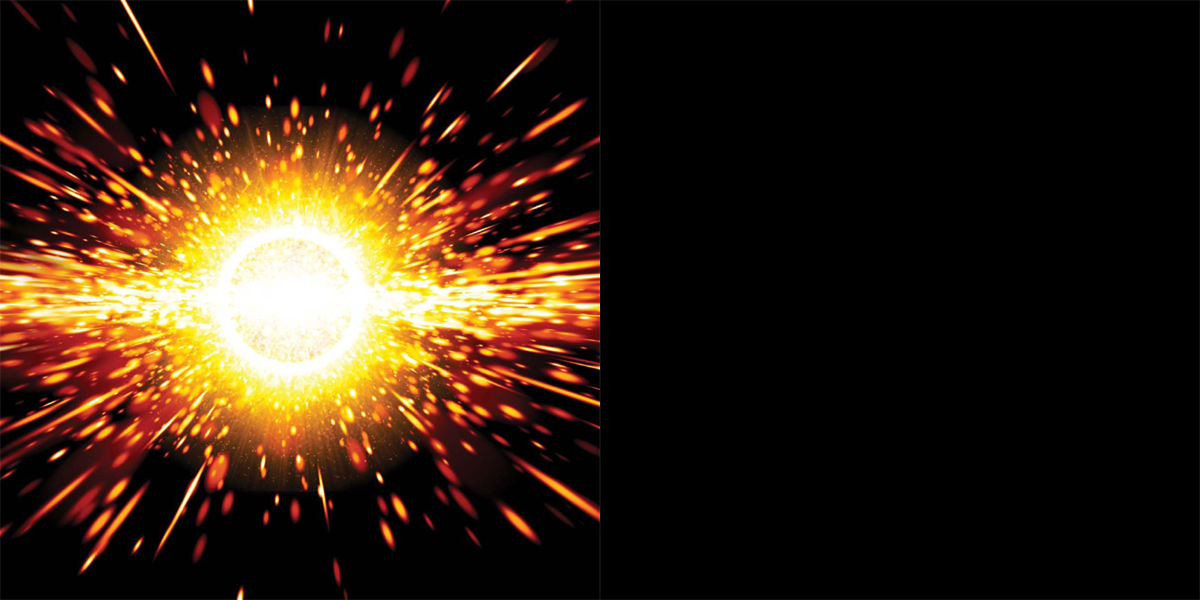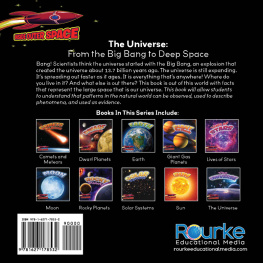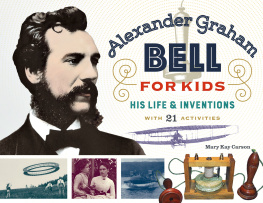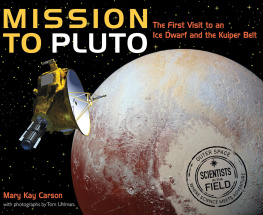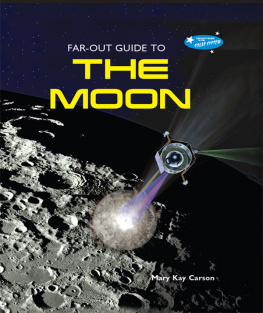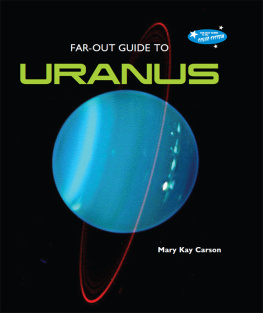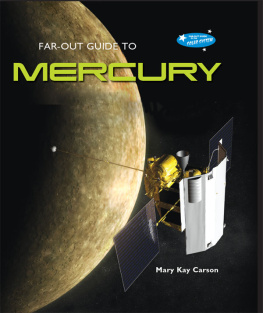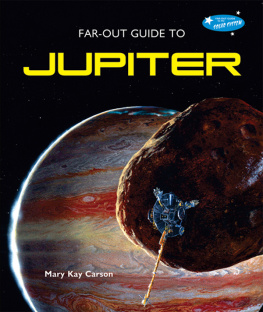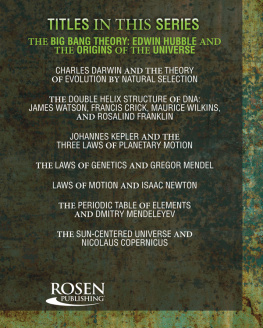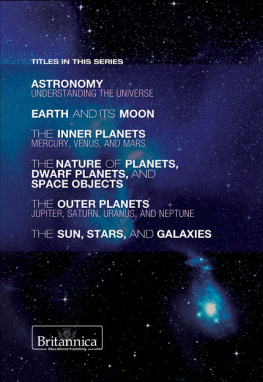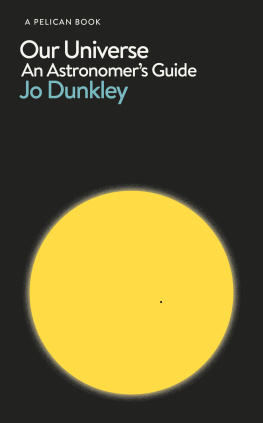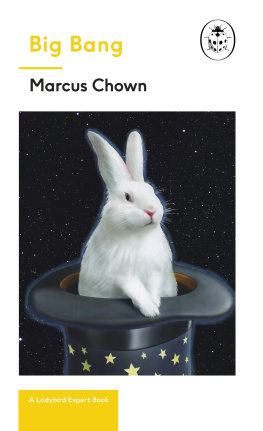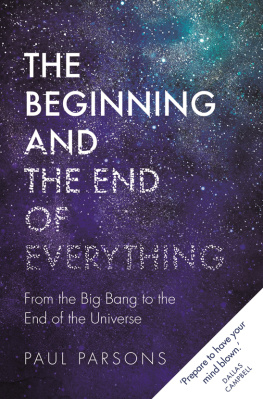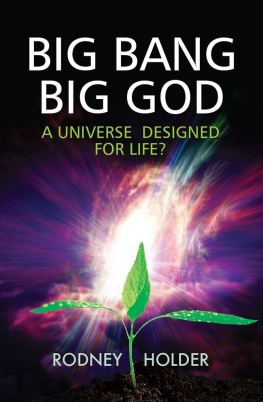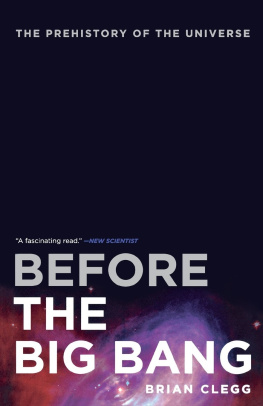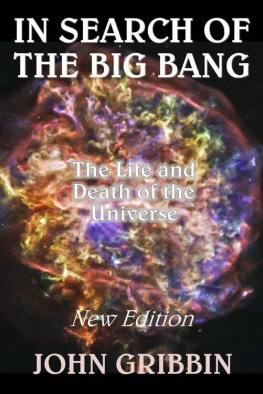Content Area Vocabulary
Use glossary words in a sentence.
Big Bang
galaxy
matter
orbit
supercluster
telescope
Building Academic Vocabulary and Background Knowledge
Before reading a book, it is important to set the stage for your child or student by using pre-reading strategies. This will help them develop their vocabulary, increase their reading comprehension, and make connections across the curriculum.
| Read the title and look at the cover. Lets make predictions about what this book willbe about. |
| Take a picture walk by talking about the pictures/photographs in the book. Implant the vocabulary as you take the picture walk. Be sure to talk about the text features such as headings, Table of Contents, glossary, bolded words, captions, charts/diagrams, or Index. |
| Have students read the first page of text with you then have students read the remaining text. |
| Strategy Talk use to assist students while reading. - Get your mouth ready - Look at the picture - Thinkdoes it make sense - Thinkdoes it look right - Thinkdoes it sound right - Chunk it by looking for a part you know |
| Read it again. |
| After reading the book complete the activities below. |
After Reading:
Comprehension and Extension Activity
After reading the book, work on the following questions with your child or students in order to check their level of reading comprehension and content mastery.
| Describe the Big Bang. (Summarize) |
| Is a supercluster larger or smaller than a galaxy? Explain. (Asking questions) |
| What galaxy do we live in? (Text to self connection) |
| What makes up a universe? (Summarize) |
Extension Activity
The universe includes everything: stars, planets, and galaxies. Write a poem that describes the universe. Be sure to include descriptive words and science words like stars, gravity, comets, planets, moons, or ice.
TABLE OF CONTENTS

Your Universe
The universe is everything thats anywhere. Everything that exists is part of the universe, from stars and planets to the anthill outside your school.
Billions of galaxies make up the universe. It includes all the stars and planets. Gases, dust, and energy are out in space, too. The universe is a big place. Where do you live in it? And what else is out there?
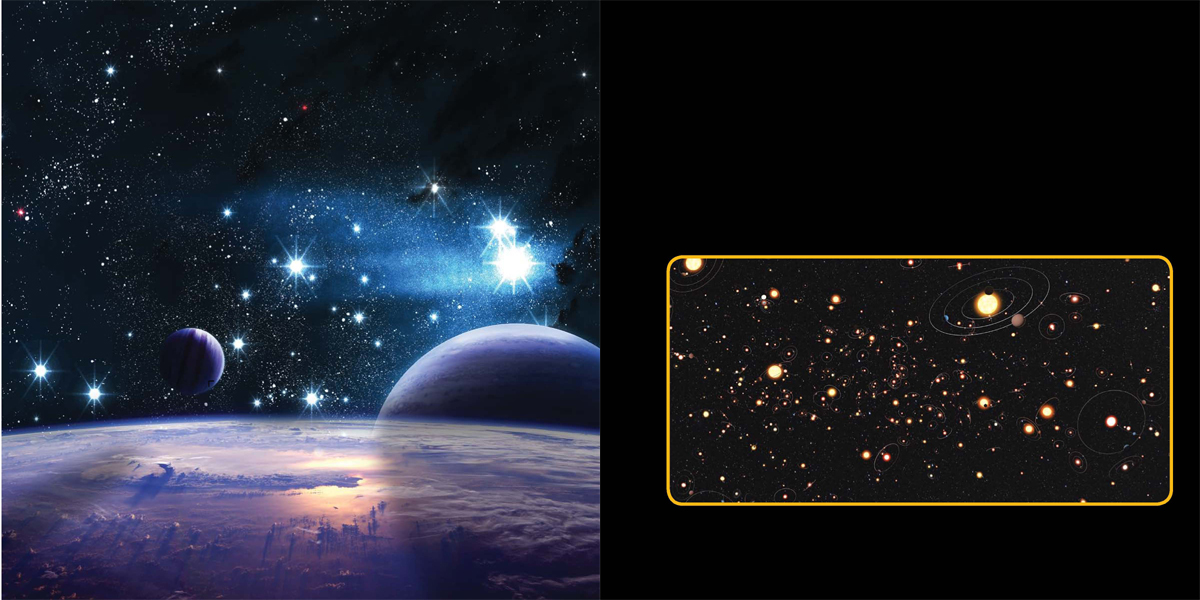
Scientists estimate that the observable universe is more than 15 billion years old.
Sun
Earth
Our Sun and Nearby Neighbors
The night sky is a blanket of stars. Stars are balls of hot, glowing gases. The star closest to Earth is the Sun. Its the center of our solar system. Earth and the other planets circle, or orbit, the Sun.

Sun
Earth
The Sun is a medium-sized yellow star. There are billions of others like it in the universe. Scientists have even found an Earth-like planet! Could planets like Earth have life?
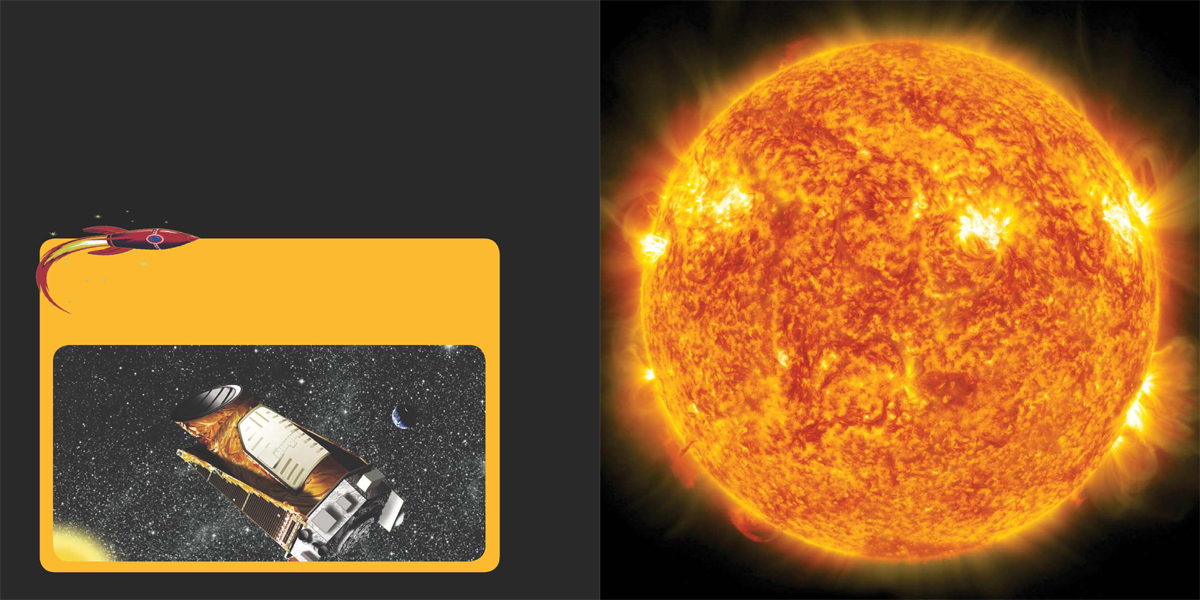
Kepler was launched into space in 2009. It is a space telescope.Kepler zooms in on the stars in the night sky. It looks for planets orbiting those stars. Kepler has found more than 900 new planets!
Sun
Galactic Clusters
Our solar system is part of the Milky Way galaxy. A galaxy is a group of stars with a shape. The Milky Way is a spiral galaxy. It is home to at least 100 billion stars.
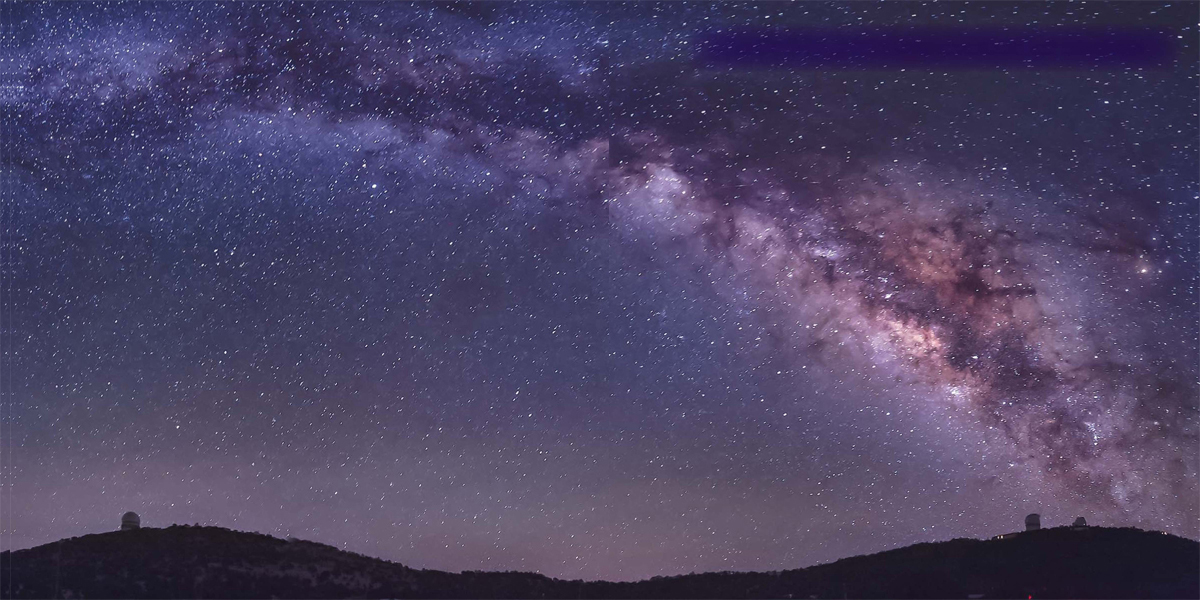
When conditions are right, you can see the arm of our Milky Way galaxy from Earth.
The Milky Way is one of thirty galaxies in the Local Group. The Milky Way and Andromeda galaxies are the Local Groups two biggest.
Andromeda has four times as many stars as the Milky Way. Its bright enough to see in the night sky.
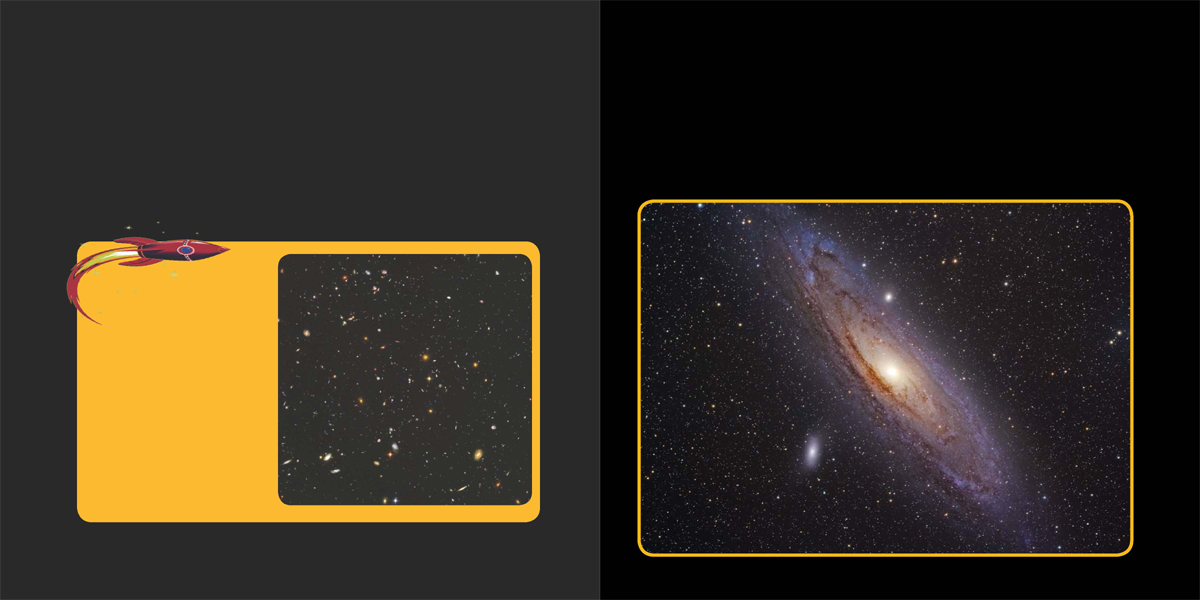
Andromeda
The Hubble Space Telescope took this picture. There are more than 10,000 galaxies in it. Some are the farthest galaxies ever seen.
Superclusters and Cosmic Voids
A group of galaxies forms a supercluster. About 1,000 galaxies make up the Virgo Supercluster.
As you zoom out, the universe gets less even. Stringy, lumpy patches of galaxies clump together and are surrounded by empty space.
These voids are like bubbles. Galaxies clump on the outside of them, like soapy froth.
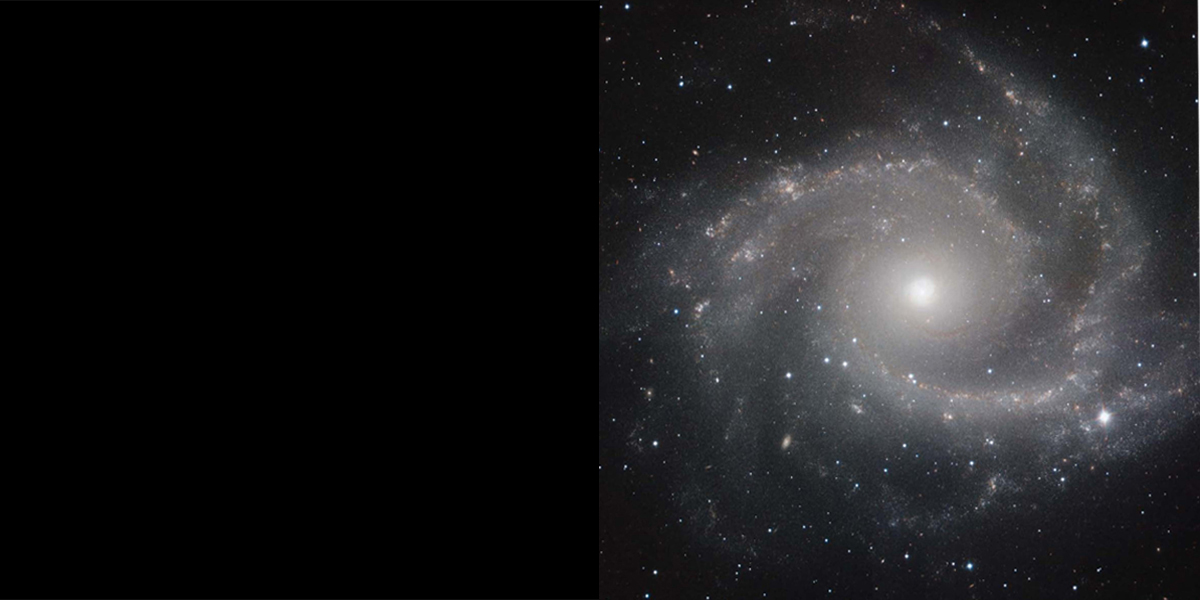
The Milky Way is in the Virgo Supercluster, along with all the other Local Group galaxies. So is this bright spiral galaxy called NGC 2997.
Telescopes are the tools of space scientists. Some telescopes collect visible light, like a camera. Other telescopes gather invisible light, like ultraviolet and x-rays. These telescopes help scientists learn more about the objects they are studying.
Engineers wear clean suits while building spacecraft, like the James Webb Space Telescope. It is set to launch in 2018.
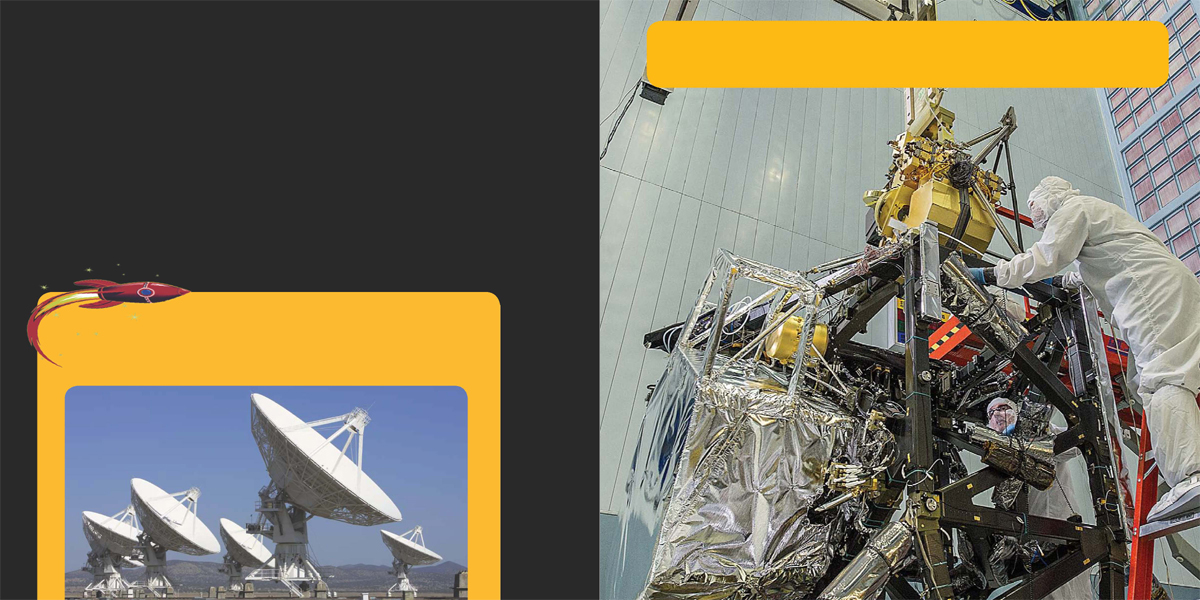
A radio telescope is like a giant dish antennae. It tunes into radio waves from space. Radio telescopes study signals from black holes and other strange space objects.
Our Growing Universe
Scientists think the Big Bang started it all. This explosion created the universe about 13.7 billion years ago.
The young universe was hot and tightlypacked. As it cooled, it spread out. Material clumped into galaxies.
